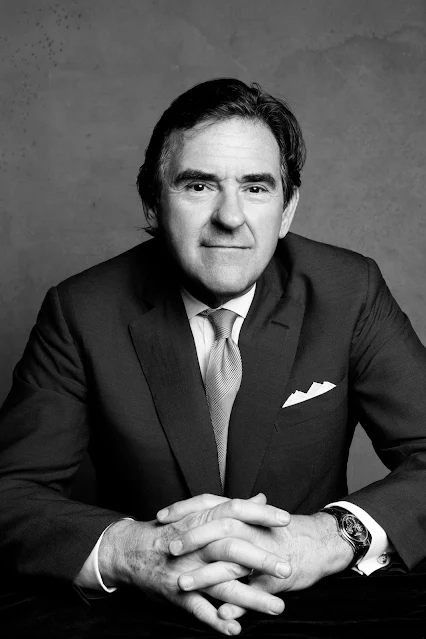Why Art Is Losing Its Cultural Power
For those who still believe that art, before being business, must remain first and foremost an honest act of existence.
And yet, thank God, at a certain point in my life, I made a very conscious decision:
I chose to stay free.
 |
| Antonino La Vela - 50.000 Hughs From Heaven |
But by observing how today’s art world operates, I realize that this choice preserved something essential:
The ability to love art for what it truly is and not for what the system has turned it into.
Because what we now call “the art world” has moved far away from being simply about art. It has become a web of privilege, speculation, exclusion, and most dangerously growing irrelevance.
The Myth of Meritocracy
Today’s art world operates more like a financial and political system than a creative one, where:
-
Mega-galleries like Gagosian, Hauser & Wirth, Pace, David Zwirner dominate access to visibility.
-
Curators hold institutional power, but often follow the interests of private collectors and boards.
-
Collectors dictate trends, often with more influence than critics or museums.
-
Auction houses such as Christie’s and Sotheby’s have turned art into a speculative financial product.
As Thompson clearly shows:
Today, many artists are not discovered; they are manufactured.
The Artist as a Product
The real tragedy is not that art has become expensive, but that the artist has been pushed to the margins of their own field.
-
Collectors shape museum programming.
-
Curators serve market interests.
-
Communication firms control public narratives.
-
Artists are often reduced to mere participants in someone else’s machinery.
The careers of artists like Jeff Koons and Damien Hirst were not simply the product of their art but of their alliances with powerful collectors like Peter Brant, Dakis Joannou, and early supporters like Charles Saatchi, who controlled access, media visibility, and market positioning.
Today, the success of many artists depends less on the substance of their work and far more on who controls the platform.
Who Remains Invisible
While a handful of names dominate the market, many others remain invisible, not due to lack of talent, but because they don’t fit into the system’s limited logic:
-
Women artists remain grossly underrepresented.
-
LGBTQ+ artists are often framed within narrow identity boxes.
-
Non-Western artists are selectively included when they fit exoticized narratives.
-
Older, independent, or uncommercial artists are systematically left out. I am one of that.
The artist still stood at the center of creation.
They weren’t required to be marketers, influencers, or self-promoters. They simply created.
The system was far from ideal, but:
-
Artists didn’t have to sell themselves.
-
They didn’t compete against algorithms.
-
They didn’t manage their own PR teams.
Today, the artist is often the last voice in their own profession.
The Art Market as Financial Machinery
The global art market has become one of the world’s most sophisticated speculative ecosystems:
-
Works by Basquiat, Warhol, Hirst circulate like financial derivatives.
-
Prices are manipulated through scarcity, insider networks, and hidden agreements.
-
Private sales dominate the market, far from public transparency.
As Georgina Adam explains in Dark Side of the Boom:
This is no longer about culture. It’s about capital.
 |
| Maurizio Cattelan - The Golden Toilet |
The Fetish of Virality
In this hyper-financialized system, what sells is not necessarily artistic depth but virality, spectacle, and instant visibility:
-
Maurizio Cattelan’s "Comedian" (the banana taped to a wall) sold for $120,000 largely because it went viral on Instagram.
-
His golden toilet "America" generated endless headlines.
-
Andres Serrano’s "Piss Christ" continues to circulate more for its scandal than for its intellectual complexity.
Today:
Shock generates clicks. Clicks generate visibility. Visibility generates market value.
The deeper voices of art often vanish beneath the noise of manufactured controversy.
And This Is Why Art Is Losing Its Cultural Power
The most dangerous consequence of all this is not financial but cultural:
Art is no longer a leading force in shaping political and cultural discourse.
-
Music reaches global audiences instantly through Spotify, YouTube, and TikTok, driving public narratives.
-
Film, literature, and gaming shape conversations across generations.
-
Meanwhile, art has largely retreated into exclusive circles, disconnected from public life.
Why?
Because the very structure of art has become identical to:
-
Finance — controlled by the few.
-
Politics — directed by private interests.
-
Business — fueled by branding, media, and speculative value.
The artist has lost centrality.
And as a result, art’s ability to engage society is slowly being suffocated,
not for lack of talent, but because of how the system operates.
The Real Question We Must Now Ask
Perhaps it’s time to stop asking:
“Who sells for millions?”
And instead ask:
-
Who creates with honesty and integrity?
-
Who dares to challenge power rather than serve it?
-
Who speaks to the existential crises of our time, ecological, political, and human?
Because far beyond the auctions, the VIP rooms, and the algorithms,the true heart of art still beats quietly, dangerously, and far from the system.
And perhaps that is exactly where art’s real future will be found.










%20at%20Pen%20and%20Brush..png)

.jpg)

No comments:
Post a Comment